Category: Universal Museum Joanneum
-
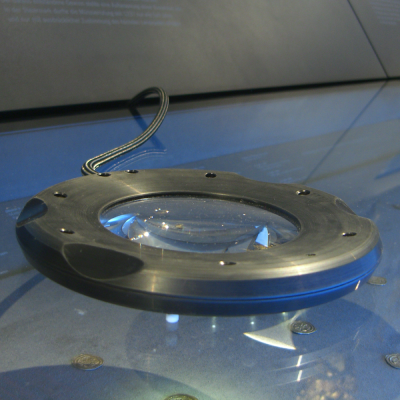
Coin Magnifier
Permanent exhibit: Eggenberg Palace Coin Cabinet, Universalmuseum Joanneum, Graz [website] The treasures of the Eggenberg Palace Coin Cabinet are multimedia-based tangible while looking through the interactive magnifiers. The Coin Cabinet of the Universalmuseum Joanneum in the Eggenberg Palace stores more than 70.000 coins and ducats. In almost 500 years old rooms, unique treasures are restaged with…
-
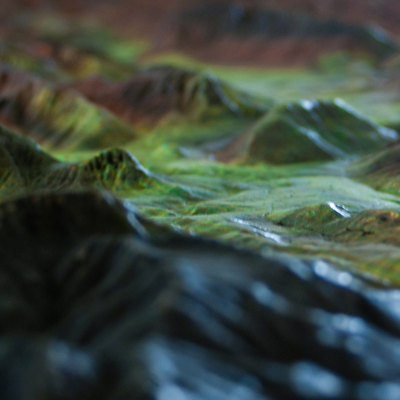
Permanet exhibition – Natural History Museum
Permanent exhibition Natural History Museum, Joanneumsviertel, Universalmuseum Joanneum, Graz, Austria [2013|03 – ongoing] We created 20 exhibits for the permanent exhibition of the Natural History museum, which was opened 2013, in cooperation with Graz Children’s Museum Frida & freD, bogner.cc and the Universalmuseum Joanneum. One pivotal point for exhibitions with many multimedia exhibits is the…
-
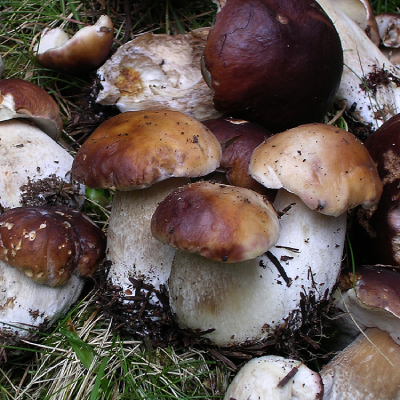
Mushrooms: Networks of Nature
Special exhibition Universalmuseum Joanneum, Graz, Austria [2013|05] The exhibition „Mushrooms: networks of nature“ shows a widespread overview of the species diversity of mushrooms and their central role of the ecosystem. [:]
-
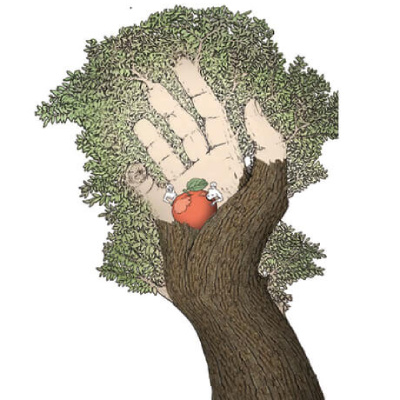
Nature in Human Hands?
Travelling exhibition Natural History Museum, Joanneumsviertel, Universalmuseum Joanneum, Graz, Austria [2016|10 – 2018|01] [Website] Passail, Autria [2018|04 – 2018|10] Neumarkt, Autria [since 2019|04] The exhibition „Natur in human hands?“ was developed in cooperation with Naturparke Steiermark and the Universalmuseum Joanneum. The DMT team implemented eight interactive exhibits, for example:
-
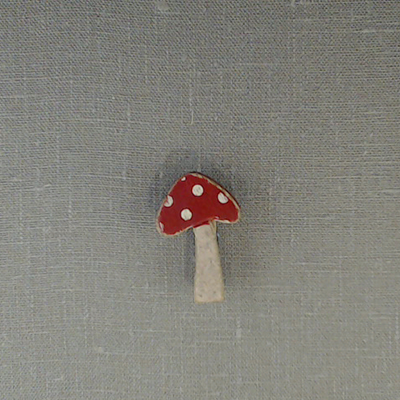
Talisman
Temorary exhibit [2014|03 – 2014|08]Exhibition: Aberglauben – AberwissenStandort: Folk Life Museum Joanneum [Website] In the context of the exhibition “Aberglauben – Aberwissen” of the Folk Life Museum Joanneum, the DMT team developed a station in order to collect people’s mojos.Visitors of the exhibition bring their personal mojo along, take a picture and tell their story.
-
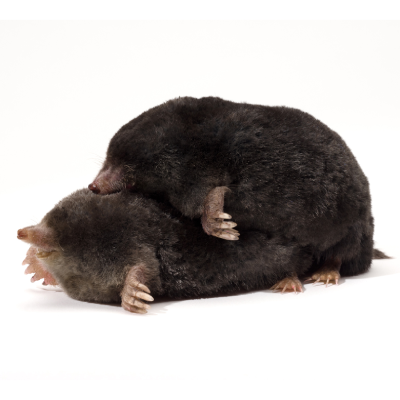
SEXperts
Travelling exhibition Natural History Museum, Joanneumsviertel, Universalmuseum Joanneum, Graz, Austria [2017|05 – 2018|01] [Website] The DMT team has developed two interactive exhibits for the exhibition “SEXperts” in the Natural History Museum Joanneum. At “Finding pairs” visitors search for the perfect mate of animals and plants. The “Sexperts Quiz” inquires the acquired knowledge about the exhibition.
-
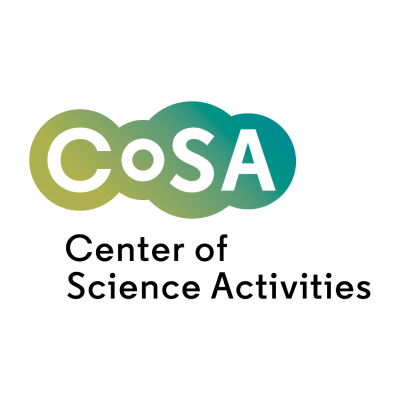
CoSA – Center of Science Activities
For the CoSA – Center on Science Activities in the Natural History Museum Joanneum in Graz, the DMT team has developed 13 interactive stations with the support of two master students of the Information Management course. The stations are divided into two subject areas – energy and technology. You can assemble a car in the…
-

Ready? Go!
Temporary Exhibition Natural History Museum, Joanneum Quarter, Universalmuseum Joanneum, Graz, Austria [2021|03 – 2021|11] An exhibition by TECHNOSEUM Mannheim Adapted and implemented by FRida & freD – The Graz Children’s Museum. The exhibition was presented as part of LET’S GO GRAZ 2021, the sports year of the city of Graz, in cooperation with CoSA –…
-

House of Biodiversity Herberstein
The House of Biodiversity was opened in the course of the exhibition Show Styria in Heberstein. The DMT team developed 14 interactive stations with the help of a student assistent. Sand Table Visitors can shape different landscapes using kinetic sand. A layered model (with five colors) is projected onto the sand using Spatial Augmented Reality…